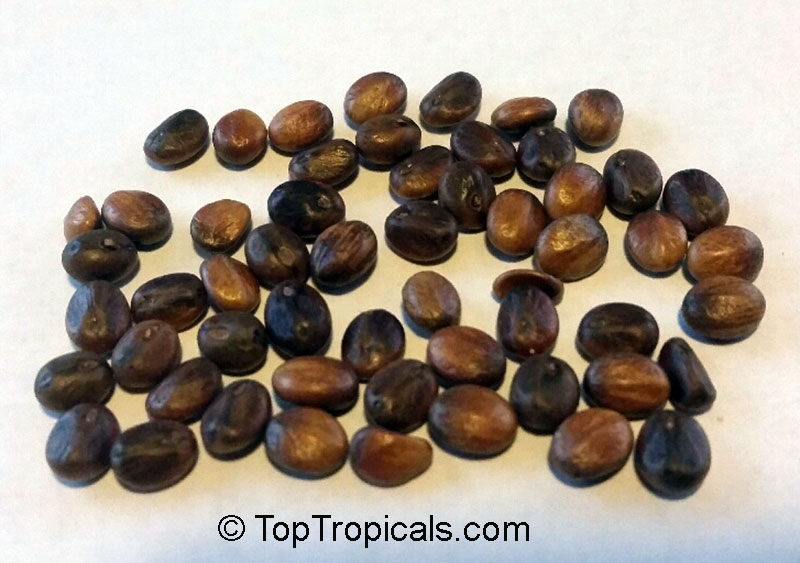Pseudolachnostylis maprouneifolia (Kudu Berry)
Top Tropicals Plant Encyclopedia
Botanical name: Pseudolachnostylis maprouneifolia
Common name: Kudu Berry
Family: Phyllanthaceae (Formerly:Euphorbiaceae)
Origin: Africa




Pseudolachnostylis maprouneifolia, or Kudu Berry, is a small tree that grows between 10-20 feet tall. It requires full sun and moderate water to thrive and it is drought tolerant. Kudu Berry is one of the many ethnomedical plants used in southern Africa. In cold season, this plant is mature and hardy at least down to 30 F for short periods. This tree benefits from occasional applications of organic fertilizer and occasional pruning. Kudu Berry is suitable to be grown in USDA zone 9-11. It needs protection from any frost and hardiness zone 8b in which it might be grown in the garden in winter.
Kudu Berry can be grown in a pot, either indoors or outdoors. To grow Kudu Berry in cold regions, the potted plant must be brought indoors during winter time and kept in a bright location and enough space to allow it to grow. Water the plant when soil starts to dry. Too much water will cause root rot, and of course not enough will make the plant die. During the winter months, do not fertilize it, only start fertilizing again in the springtime. Prune your Kudu Berry during the springtime to maintain its desired shape and size.
